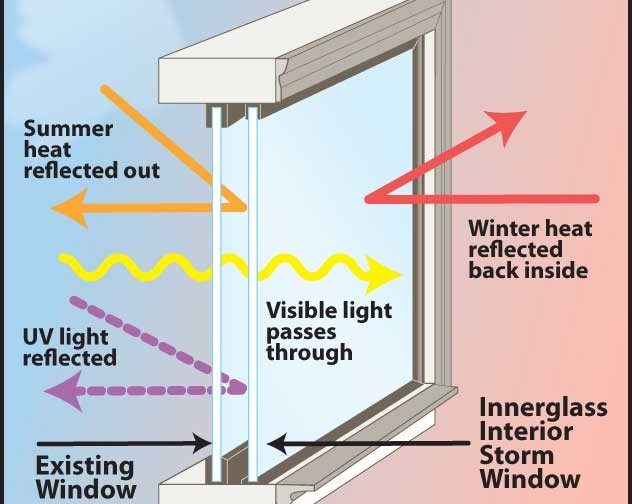All Categories
Featured
Table of Contents
Faq in Mullaloo Western Australia
Glazing just implies the windows in your home, consisting of both openable and fixed windows, in addition to doors with glass and skylights. Glazing really just indicates the glass part, but it is generally utilized to refer to all aspects of an assembly consisting of glass, movies, frames and furnishings. Focusing on all of these elements will assist you to achieve efficient passive design.

Energy-efficient glazing makes your home more comfortable and dramatically minimizes your energy expenses. However, inappropriate or poorly designed glazing can be a significant source of unwanted heat gain in summer and significant heat loss and condensation in winter season. Approximately 87% of a home's heating energy can be gotten and as much as 40% lost through windows.
Benefits Of Replacing Double Glazing Windows In The Summer in Alexander Heights Western Australia
Glazing is a considerable investment in the quality of your home. An initial investment in energy-efficient windows, skylights and doors can considerably reduce your annual heating and cooling bill.
This tool compares window selections to a base level aluminium window with 3mm clear glass. Comprehending some of the key residential or commercial properties of glass will help you to select the best glazing for your house. Key properties of glass Source: Adjusted from the Australian Window Association The amount of light that goes through the glazing is called visible light transmittance (VLT) or noticeable transmittance (VT).
Which Type Of Double Glazed Window Frame Is Right For You? in Coogee Perth
This may lead you to change on lights, which will lead to higher energy expenses. Conduction is how easily a product performs heat. This is understood as the U value. The U worth for windows (expressed as Uw), describes the conduction of the entire window (glass and frame together). The lower the U value, the greater a window's resistance to heat circulation and the better its insulating value.
For instance, if your home has 70m2 of glazing with aluminium frames and clear glass with a U value of 6. 2W/m2 C, on a winter's night when it is 15C chillier outside compared to inside, the heat loss through the windows would be: 6. 2 15 70 = 6510W That is comparable to the overall heat output of a large room gas heating system or a 6.
Top 10 Tips To Keep Your Home Cool in Kelmscott WA

If you pick a window with half the U worth (3. 1W/m2 C) (for instance, double glazing with an argon-filled space and less-conductive frames), you can halve the heat loss: 3. 1 15 70 = 3255W The solar heat gain coefficient (SHGC) for windows (revealed as SHGCw) measures how readily heat from direct sunshine streams through a whole window (glass and frame together).
The lower a window's SHGC, the less solar heat it sends to the house interior. Glazing producers declare an SHGC for each window type and design. Nevertheless, the actual SHGC for windows is affected by the angle that solar radiation strikes the glass. This is called the angle of incidence.
Diy Double Glaze in Bellevue WA
When the sun is perpendicular (at 90) to the glass, it has an angle of incidence of 0 and the window will experience the maximum possible solar heat gain. The SHGC stated by glazing producers is always computed as having a 0 angle of incidence. As the angle increases, more solar radiation is shown, and less is sent.
Table of Contents
Latest Posts
Does Double Glazing Keep Heat Out in South Fremantle Perth
Which Double Glazed Windows Are Best For Summer? in Kalamunda WA
Why Install Stunning Double Glazing Windows During Summer? in Hamilton Hill Perth
More
Latest Posts
Does Double Glazing Keep Heat Out in South Fremantle Perth
Which Double Glazed Windows Are Best For Summer? in Kalamunda WA
Why Install Stunning Double Glazing Windows During Summer? in Hamilton Hill Perth